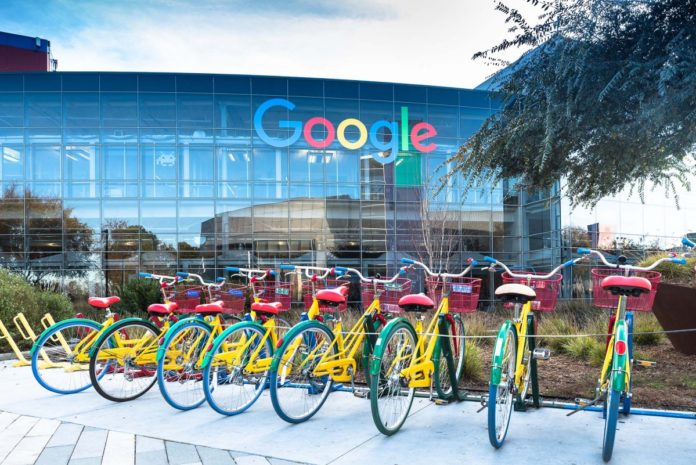Welcome to “Fridays with Scott” segment of the Climate Change program.
Last Friday, I talked about consumer demand for clean energy. Today, I am going to cover renewable energy demand from industries.
Data centers are a large source of carbon emissions. According to a recent report in the journal Nature, data centers use 200 terawatts of energy a year—roughly 1 percent of global electricity use.
And that’s why Google with its massive data center infrastructure, 14 in total around the globe, have been carbon-neutral since 2007. They are able to achieve this by reducing its energy demand, including the use sophisticated AI algorithms for energy optimization, by buying renewables to match its use of non-renewable energy, and finally through other carbon offsets.
In 2017, Google purchased 3 GWs of wind and solar to offset their energy use, allowing the company for the first time to match 100 percent of its energy use with renewables. It was the first year it was able to buy enough clean energy to offset all its data center energy consumption.
The message is clear. There is demand for renewables but there isn’t enough supply. This is a common theme across many sectors.
Walmart
Walmart is embracing 100 percent renewable energy by 2020.
They want to scale renewables by driving the production of procurement of 7 billion kilowatt hours (kWh) of renewable energy globally by 2020.
They want to accelerate efficiency by reducing the energy per square foot required to power
their Walmart stores by 20 percent versus their 2010 baseline.
Walmart’s renewable energy activities are focused on three core objectives:
• Development and installation of new renewable energy projects at scale
• Driving down the cost of renewable energy
• Securing cost-effective, stable renewable energy pricing that meets or beats utility power pricing
Microsoft
Microsoft created an internal carbon tax to help reduce its emissions. Since implementing it in 2012, the company has been carbon-neutral, and it has pledged to cut its absolute emissions by 75 percent by 2030.
BMW
BMW is partnering with Swedish battery company Northvolt and Belgian materials and recycling group Umicore on a project to create a sustainable lifecycle for batteries.
The project aims to create a closed lifecycle loop for battery cells, which will be manufactured using a recyclable design and used in electric vehicles, then possibly as stationary storage devices before finally being recycled and reused.
EU
The European Union announced a plan to go totally carbon neutral in 30 years. It still requires EU member nations to adopt in 2020.
The holistic plan includes strategies ranging from increasing the amount of electricity generated by solar and wind farms to 80 percent to investing in energy efficiency measures like improved building insulation to cut down on heating and air conditioning. Germany, for instance, is considering closing coal power plants by 2038.
There’s another great reason for transitioning to clean energy. Solar employs more workers than traditional energy sectors. The U.S. Department of Labor recently underscored the job-creation potential by reporting that solar PV installers and wind turbine service technicians are the nation’s two fastest growing occupations.
Stay tuned next Friday as I discuss investment appetite for clean energy.


















